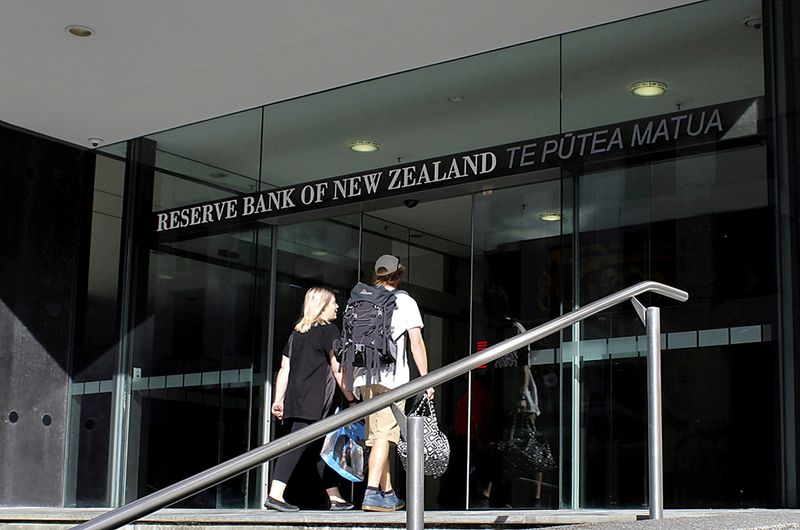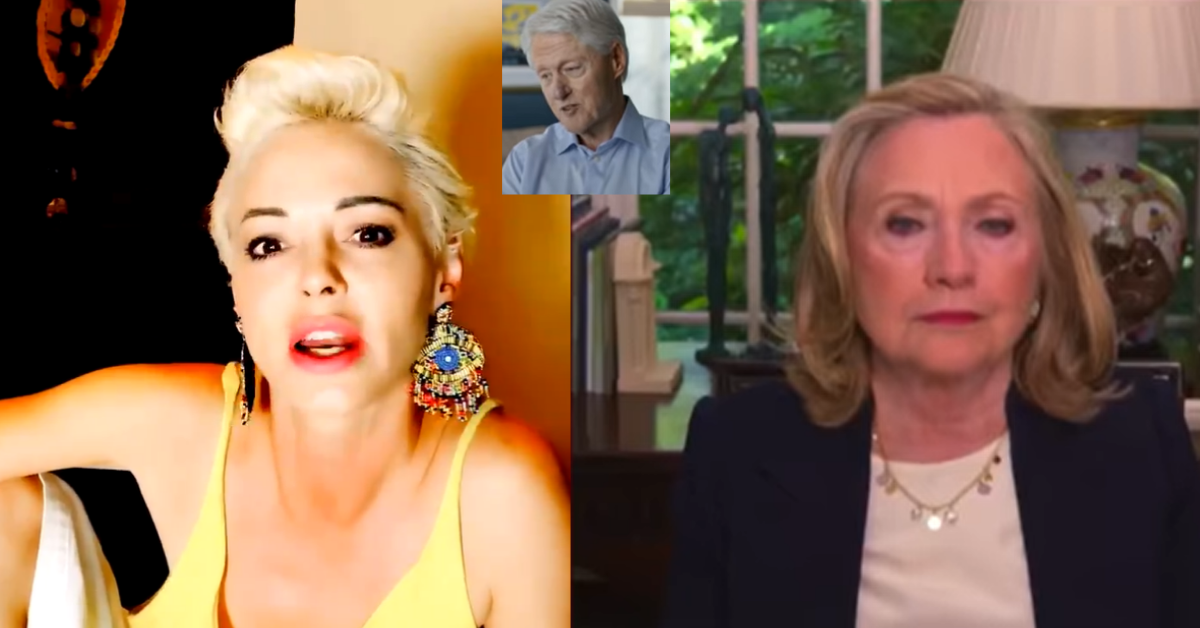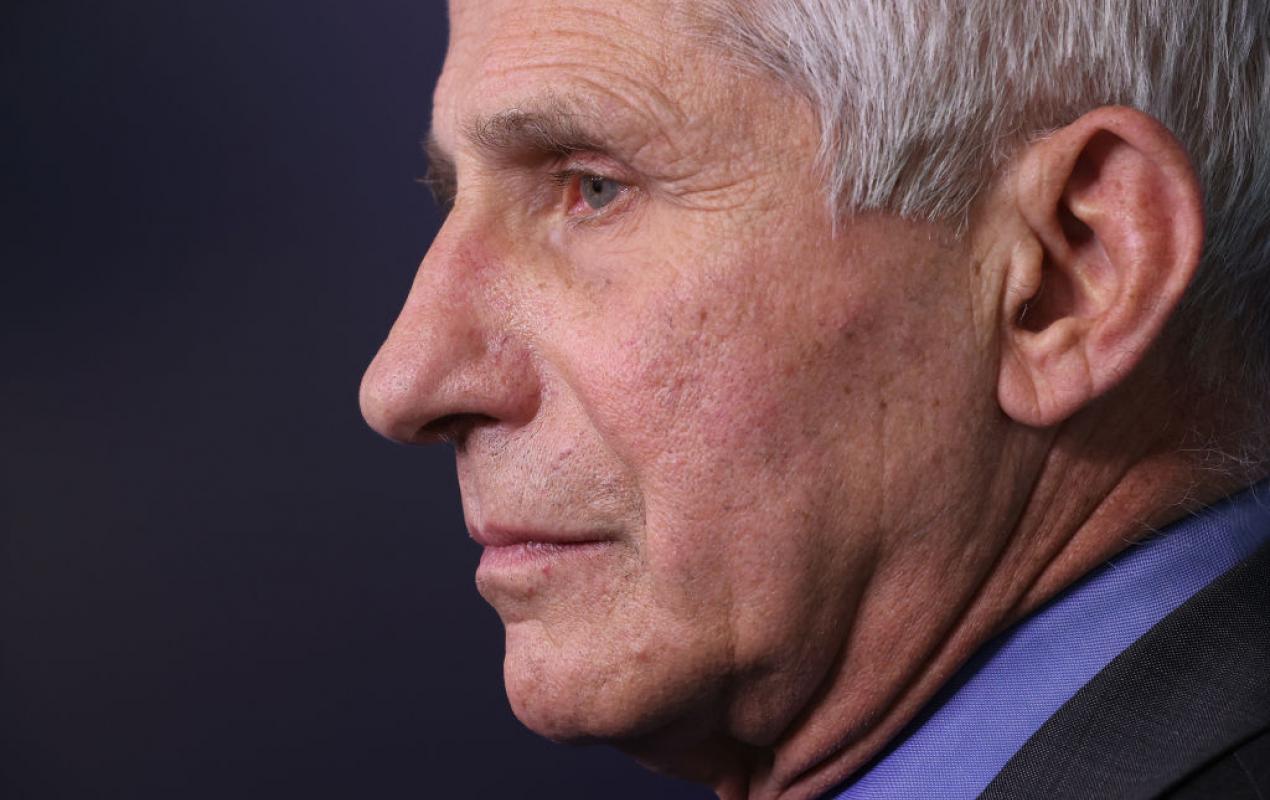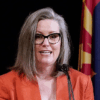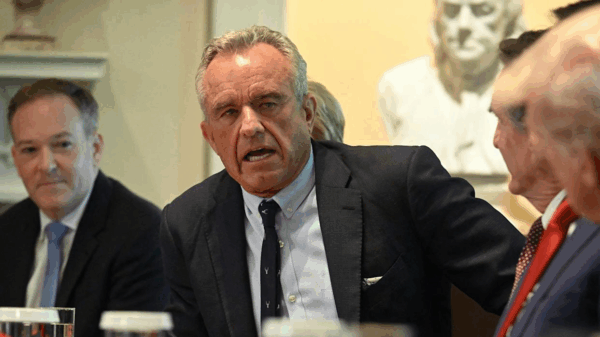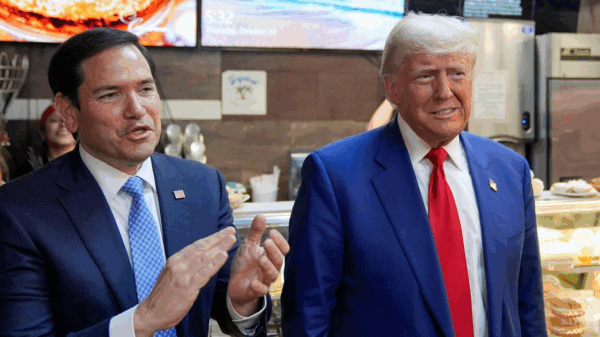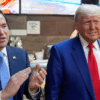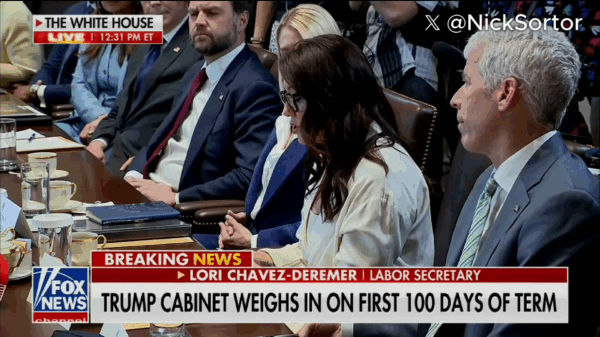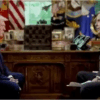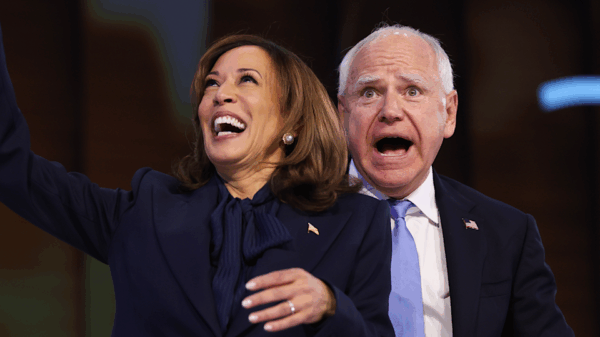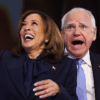By Lucy Craymer
WELLINGTON, New Zealand (Reuters) – More than 30 years ago, some relatively youthful central bank and Treasury economists in New Zealand were grappling with how to bring two decades of double-digit inflation under control in an economy less than 1% the size of its U.S. counterpart.
What if, they asked, they just told everyone the rate should be much lower – say roughly 2% – and then aim for that?
“It was a bit of a shock to everyone, I think,” said Roger Douglas, the Labour Party finance minister at the time who worked with the Treasury and Reserve Bank of New Zealand (RBNZ) to pioneer the policy. “I just announced it was gonna be 2%, and it sort of stuck.”
Like that, inflation targeting was born.
Since it’s arrival in 1990, the 2% inflation target phenomenon has sailed from Wellington around the globe to become the accepted norm among central banks, large and small, for grounding public expectations for what inflation ought to be. But the price spikes spawned by the COVID-19 pandemic are set to test their devotion to it in the months ahead as inflation looks set to remain stubbornly above 2% for some time.
As some observers question whether that level remains valid today – in most cases debating if it should be raised to blunt the blows to growth and employment from the high interest rates being employed by central banks in order to achieve it – the inflation-targeting pioneers in New Zealand are standing by it.
In fact, Arthur Grimes, a former chief economist and senior official at the RBNZ who was seen as one of the key architects of the policy, would like the target to include a lower range.
“Zero’s the obvious sort of place to head for – it is basically saying, on average, prices in 10 years time should be roughly the same as prices now. Why would you want anything different?” he said.
Graphic: Inflation remains above target everywhere https://www.reuters.com/graphics/GLOBAL-CENBANKS/INFLATION/lbvggoqwgvq/chart.png
‘MOST DESPISED MAN’
When New Zealand became the first country to mandate inflation targeting, the upper limit was 2% and the lower one just 0%. At the time, inflation was running at 7.6% but had tracked above 10% on average between 1970 and 1990, and few people thought the target was realistic.
There “were some pretty vicious internal debates, not everyone I think was particularly convinced that we should be aiming for something as low we were,” said Michael Reddell, a former RBNZ economist, who at the time headed the economics department’s monetary policy section.
“It wasn’t the most scientific process in the entire world … we had limited resource. Nobody had done this before us,” he added.
The adoption of the inflation target was followed by aggressive monetary tightening, with 90-day rates climbing to 15% in 1990. A year later, inflation had fallen to 2% and New Zealanders’ inflation expectations adjusted quickly to the new paradigm.
But there were severe short-term costs for businesses and workers, with the economy stagnating between 1989 and 1994 and the unemployment rate rising into double-digit figures.
Since that time, the target has been shifted twice, initially to a range of 0% to 3% and then in 2002 to the 1%-3% range.
The decision – and the resulting policy – was driven largely by politics.
Governments had engaged in spending sprees to win votes at the expense of inflation. Douglas, the former finance minister, asked the central bank and Treasury to pioneer the policy to prevent that from happening again.
Initially there was debate about whether interest rates or money supply should be the target, but it was decided it was better to target the ultimate goal: inflation.
“They did all the hard work and I just got all the glory and the title of being the most despised man in New Zealand,” Douglas said.
IN THE SPOTLIGHT
But to New Zealanders used to high inflation, a 2% rate seemed unbelievable. Don Brash, then the RBNZ governor and later the leader of the opposition National Party, said he held grueling meetings with everyone from news organizations to grassroots bodies to get them on board.
New Zealand faced rising unemployment, with wages failing to keep up with the cost of living. Reuters reported in 1994 that 13 protesters were dragged from the foyer of the RBNZ in Wellington and arrested after demanding the central bank let inflation rise.
“The conclusion from our history about that, is that if you don’t want to damage the real economy don’t let inflation get away in the first place. Because the path back to low inflation, from embedded inflation always involves output losses,” said Graham Scott, who was the secretary of the Treasury from 1986 to 1993.
After the changes were introduced, New Zealand found itself under a spotlight. It attracted better economic event speakers, and the architects of the policy were invited to major gatherings including the U.S. Federal Reserve’s annual symposium in Jackson Hole, Wyoming. Other central bankers were keen to understand what had happened.
“‘How did we do it?’ became the bigger question than ‘what we did,” Douglas said. “I mean, most people didn’t really argue with what we were doing but they wondered how the heck we managed to get away with it.”
(Reporting by Lucy Craymer; Editing by Dan Burns and Paul Simao)

By: OAN
![]()

